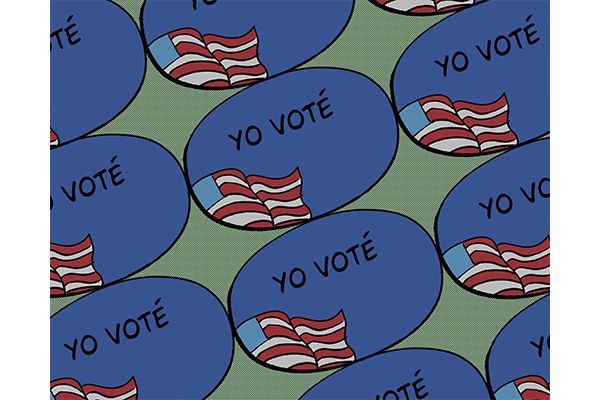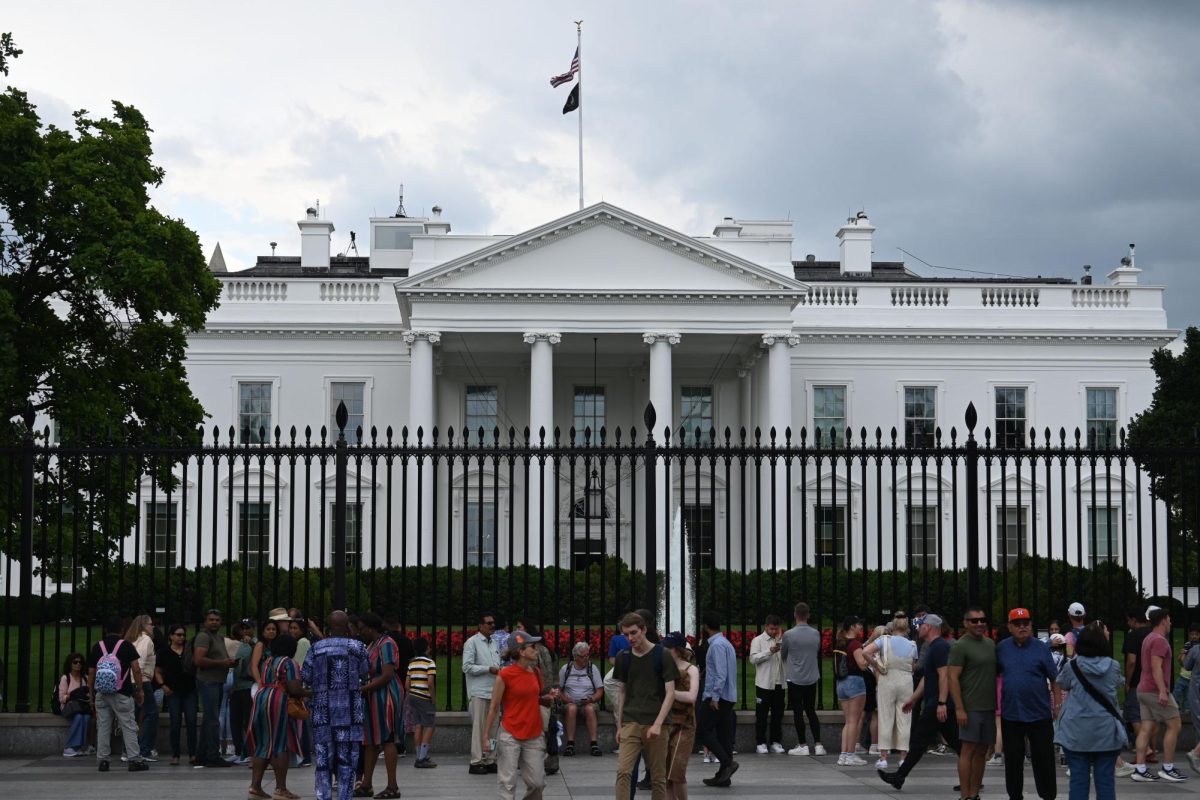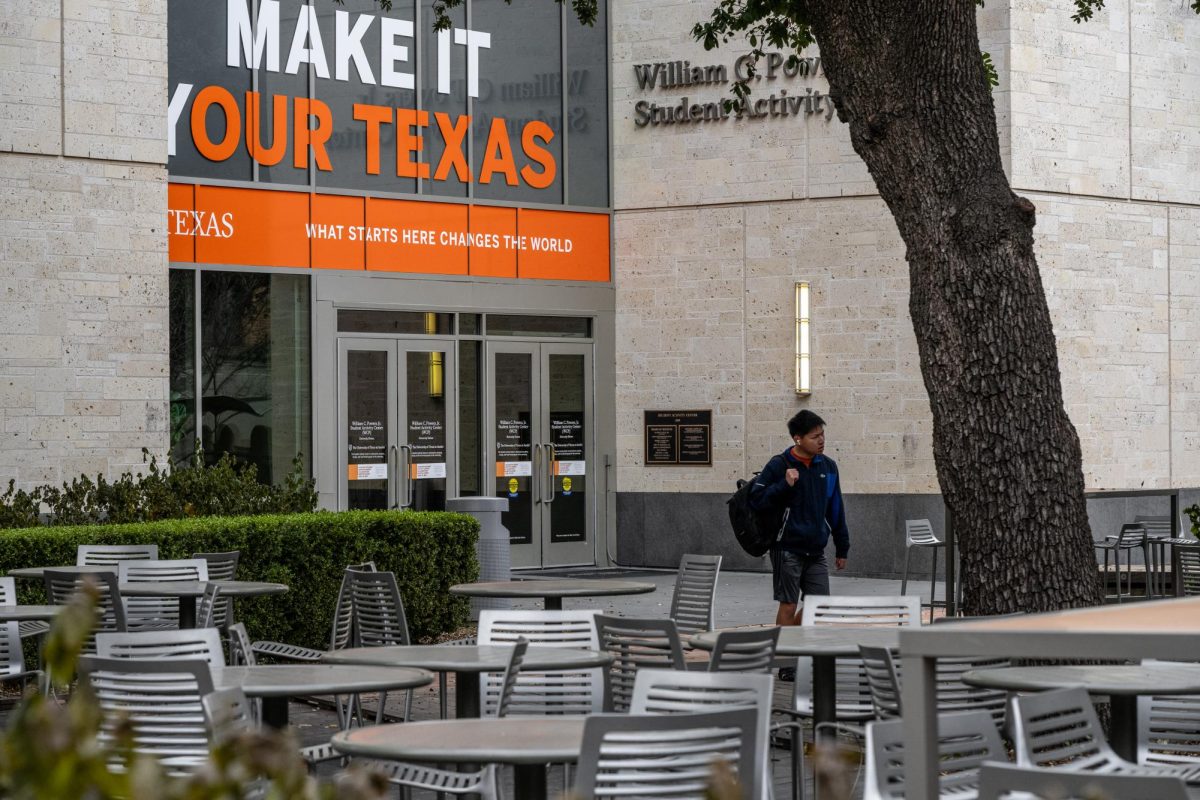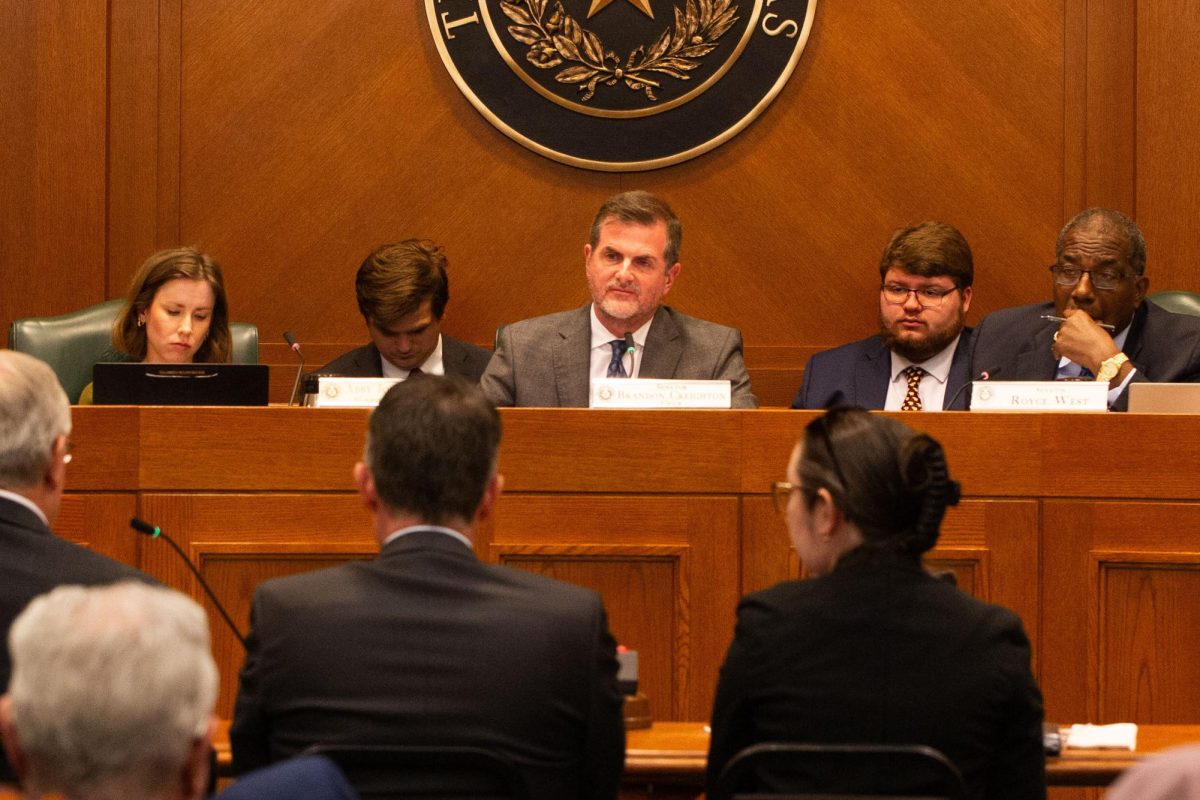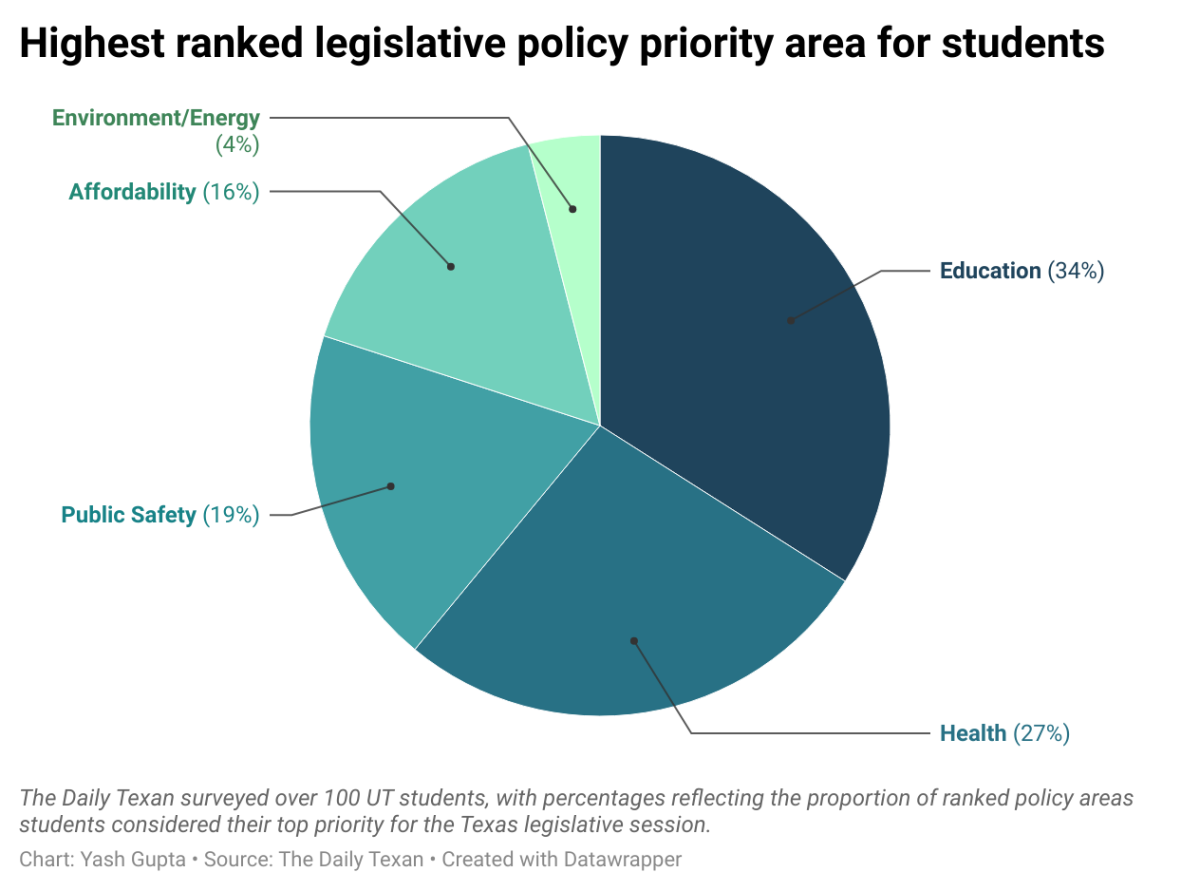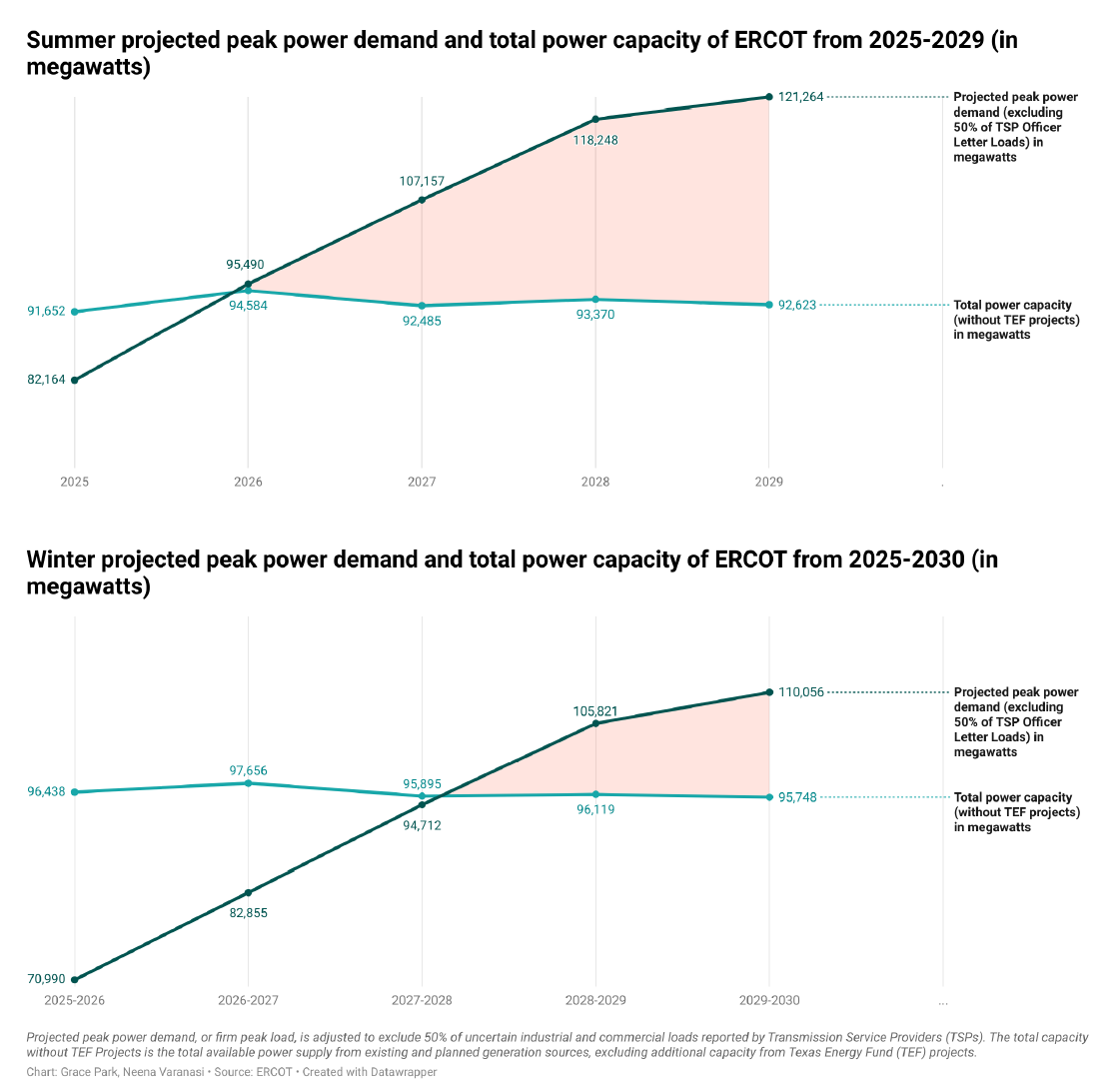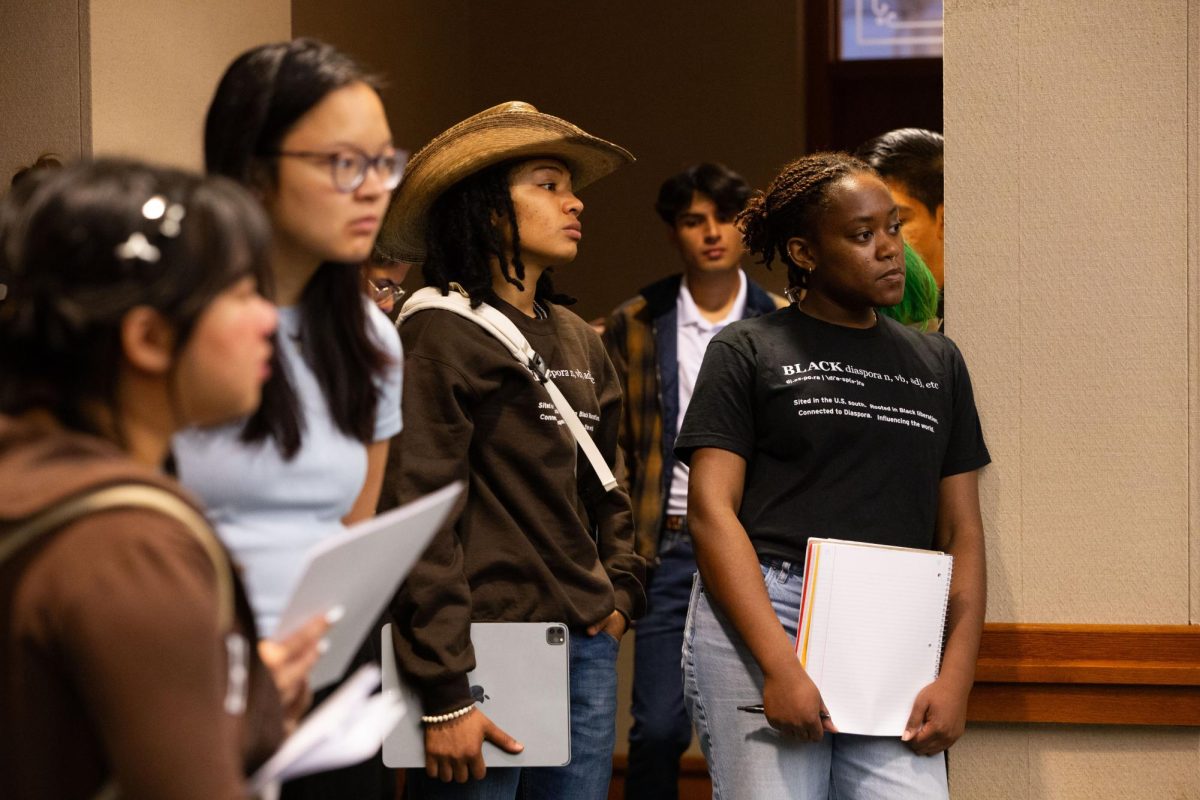Joe Cascino, president of Texas College Democrats, said on Nov. 3 he was optimistic that Democrats would win four to five congressional seats in Texas. He said he felt confident Democratic candidate Gina Ortiz Jones would win Texas’ 23rd congressional district.
However, Republican candidate Tony Gonzales defeated Jones with 51% of the vote in a district that is 69.7% Hispanic or Latino, according to the Associated Press. While Texas’ voter turnout increased by record numbers, many Republican incumbents held onto their congressional seats and defeated their Democratic challengers, according to Decision Desk HQ.
“I really don’t have all that much to say, other than that heads need to roll in the Democratic Party across the nation for their neglect of outreach to Latino voters,” government junior Cascino said Nov. 4.
Jacqueline Angel, a public affairs and sociology professor, said the Latino vote was a critical voting bloc for this year’s election. She said she was not surprised that so many Latino voters chose Republican candidates given the diversity of the community.
"Hispanic or Latino" is defined as a person of Cuban, Mexican, Puerto Rican, South or Central American, or other Spanish culture or origin regardless of race, according to the U.S. Office of Management and Budget.
“The Latino population is far more heterogeneous in terms of their political philosophy than what is known by others,” Angel said. “Many (Latinos) feel that the progressive agenda, they don't share some of those positions and those values.”
Bella Vargas, a communication and leadership junior, is a member of Rio Grande Valley Familia, an administrative organization that provides a “home away from home” for Latinx students from the Rio Grande Valley.
Vargas said she and her family did not vote for incumbent President Donald Trump because of his negative comments about the Hispanic community and a recent proclamation making Nov. 1 the National Day of Remembrance for Americans Killed by Illegal Aliens, the same day as as Dia de los Muertos, a Mexican holiday to celebrate the lives of deceased loved ones.
“For the Hispanic community, I thought that was super degrading towards a sacred holiday that we have,” Vargas said. “Even though we're in America, I'm not going to go and celebrate the day where you call our people rapists, aliens and drug lords.”
Vargas said some Hispanic families in the Rio Grande Valley may support Republican stances on the economy, military and abortion.
Zapata County, a county in the Rio Grande Valley that Trump lost to Hillary Clinton in the 2016 presidential election, was won by Trump with 52.55% of the vote against Biden, according to Decision Desk HQ.
Julián Castro, former presidential candidate and U.S. Secretary of Housing and Urban Development, said the perception of the Latino community in the U.S. is one-dimensional during a one-on-one interview at the 2020 Texas Tribune Festival.
Castro said mainstream America mistakenly views the entire Latino community as Democrats who are fluent in Spanish and have immigration as their top priority.
“The reality is, it's a diverse community,” Castro said. “You have people of different national origin, you have people who have been here for 12 generations and people who have been here for 12 days.”
According to the U.S. Census Bureau, 39.7% of the Texas population is Hispanic or Latino. Angel said the Latino influence in Texas will continue to grow as young Latino voters mobilize.
“We are a majority-minority nation now, so this is critical for the future of all the candidates to come,” Angel said. “The Hispanic vote is going to drive who wins and who loses.”

